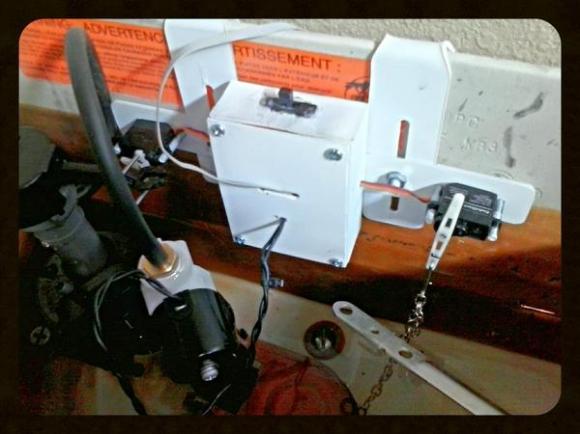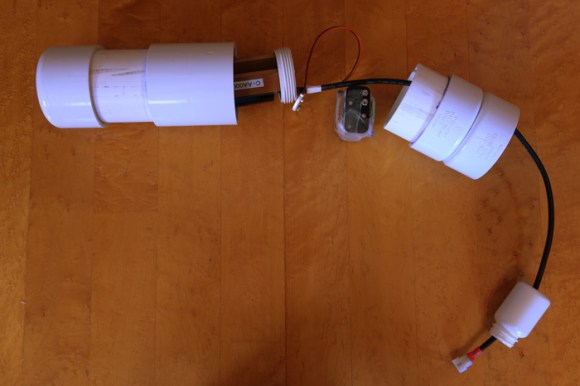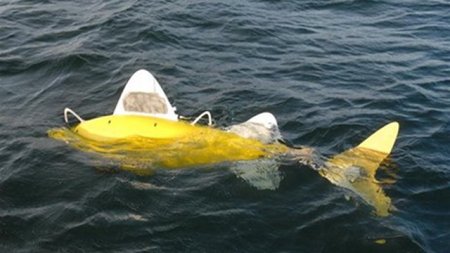Air quality is becoming a major issue these days, and not just for cities like Beijing and Los Angeles. It’s important for health, our environment, and our economy no matter where we live. To that end, [Radu] has been working on air quality monitors that will be widely deployed in order to give a high-resolution air quality picture, and he’s starting in his home city of Timisoara, Romania.
[Radu] built a similar device to measure background radiation (a 2014 Hackaday Prize Semifinalist), and another to measure air quality in several ways (a 2015 Hackaday Prize Finalist and a Best Product Finalist; winners will be announced next weekend). He is using the platforms as models for his new meter. The device will use a VOC air sensor and an optical dust sensor in a mobile unit connected to a car to gather data, and from that a heat map of air quality will be generated. There are also sensors for temperature, pressure, humidity, and background radiation. The backbone of the project is a smart phone which will upload the data to a server.
We’ve seen other air quality meters before as well, and even ones based around the Raspberry Pi, but this one has a much broader range of data that it is acquiring. Its ability to be implemented as an array of sensors to gather data for an entire city is impressive as well. We can envision sensor networks installed on public transportation but to get to all parts of every neighborhood it would be interesting to team up with the Google Streetview Cars, Uber, or UPS.

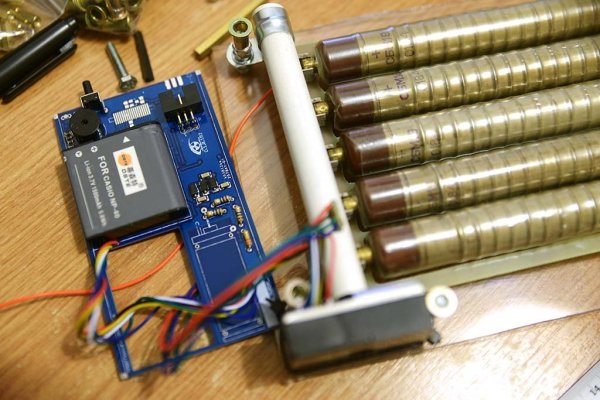
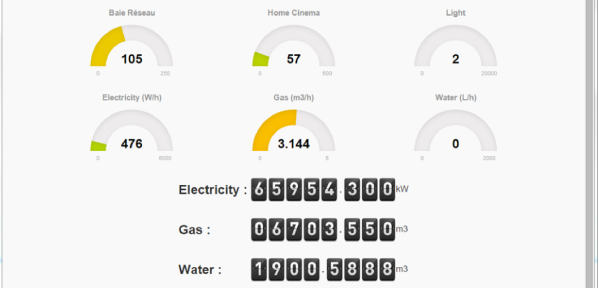
 So he figured out a way to extract data from the existing meters. For the Electricity meter, he thought of using current clamps, but punted that idea considering them to be suited more for instantaneous readings and prone for significant drift when measuring cumulative consumption. Eventually, he hit upon a pretty neat hack. He took a slot type opto coupler, cut it in half, and used it as a retro-reflective sensor that detected the black band on the spinning disk of the old electro-mechanical meter. Each turn of the disk corresponds to 4 Watt-hours. A little computation, and he’s able to deduce Watt-hours and Amps used. The sensor is hooked up to an Arduino Pro-mini which then sends the data via a nRF24L01+ module to the main circuit located inside his house. The electronics are housed in a small enclosure, and the opto-sensor looks just taped to the meter. He has a nice tip on aligning the infra-red opto-sensor – use a camera to check it (a phone camera can work well).
So he figured out a way to extract data from the existing meters. For the Electricity meter, he thought of using current clamps, but punted that idea considering them to be suited more for instantaneous readings and prone for significant drift when measuring cumulative consumption. Eventually, he hit upon a pretty neat hack. He took a slot type opto coupler, cut it in half, and used it as a retro-reflective sensor that detected the black band on the spinning disk of the old electro-mechanical meter. Each turn of the disk corresponds to 4 Watt-hours. A little computation, and he’s able to deduce Watt-hours and Amps used. The sensor is hooked up to an Arduino Pro-mini which then sends the data via a nRF24L01+ module to the main circuit located inside his house. The electronics are housed in a small enclosure, and the opto-sensor looks just taped to the meter. He has a nice tip on aligning the infra-red opto-sensor – use a camera to check it (a phone camera can work well).
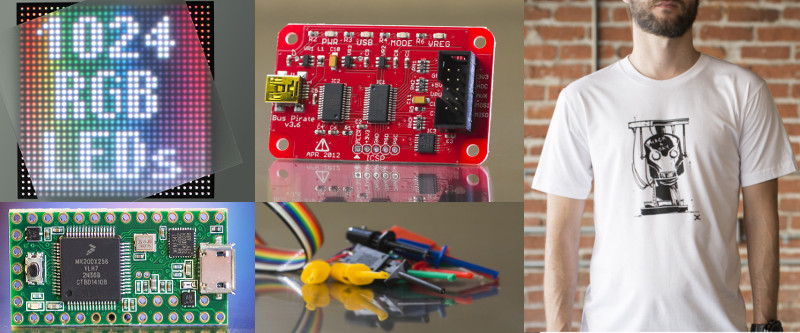
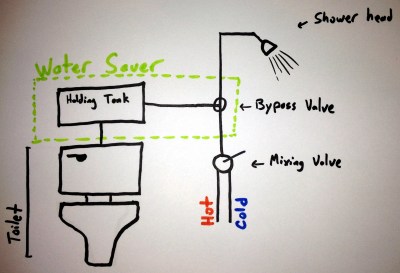 We’re not messing with you; all you need to win these early prizes is an idea. One of the most powerful pieces of the Hackaday Prize is the pollination of thought. Your idea might be the tipping point for someone else’s breakthrough or vice-versa. Start a project on
We’re not messing with you; all you need to win these early prizes is an idea. One of the most powerful pieces of the Hackaday Prize is the pollination of thought. Your idea might be the tipping point for someone else’s breakthrough or vice-versa. Start a project on 





 Perhaps you want to get your hands messy by mucking about in the dirt. You’ll probably find something interesting to build for this year’s Hackaday Prize, like
Perhaps you want to get your hands messy by mucking about in the dirt. You’ll probably find something interesting to build for this year’s Hackaday Prize, like 